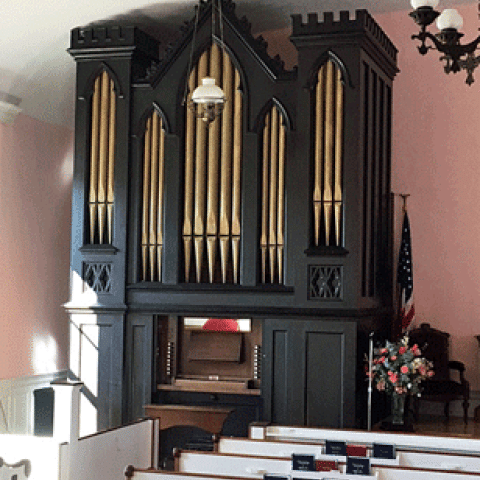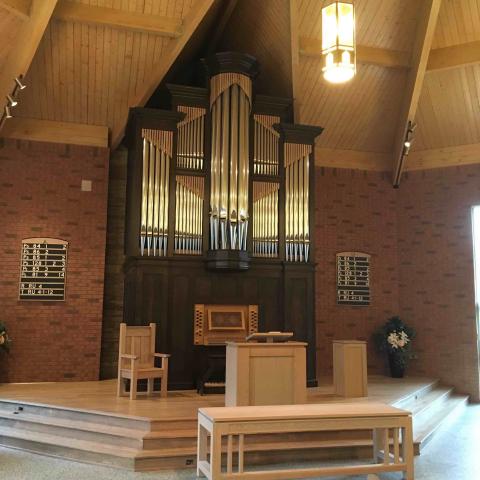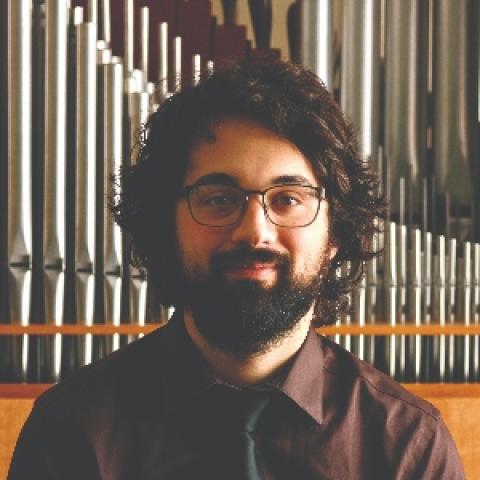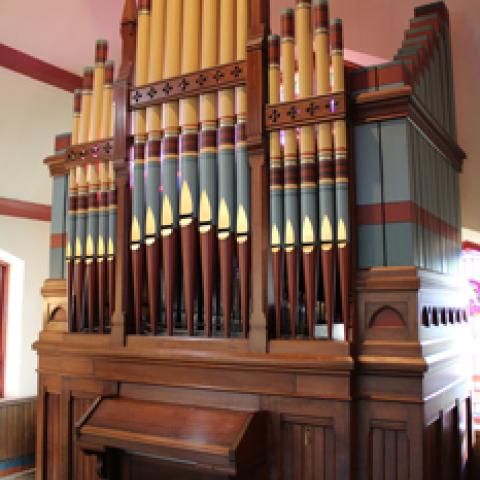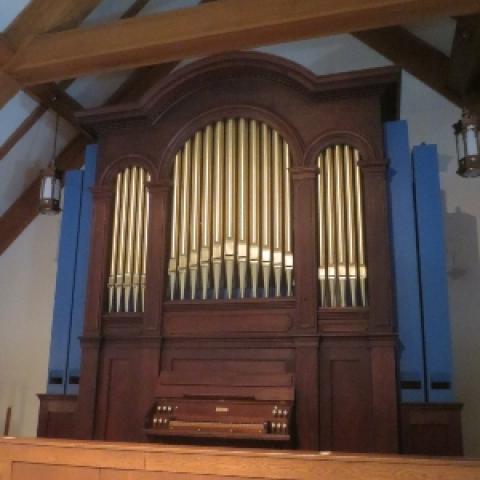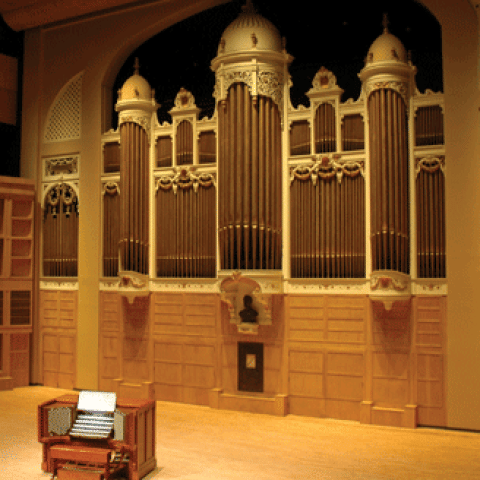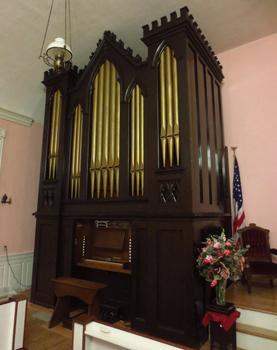
David E. Wallace & Co. has restored the 1854 E. & G. G. Hook Opus 177 organ at First Congregational Church, Kennebunkport, Maine.
Kevin Birch will play the "Organ Restoration Concert" June 7 at 7:30 p.m.
For information: (207) 967-3897, http://firstchurchkport.org/

